azuki beans, japanese food, wagashi
Azuki Allure: Exploring the Rich Culture of Red Beans

Thalia Harris
Posted on October 03, 2023
Share:
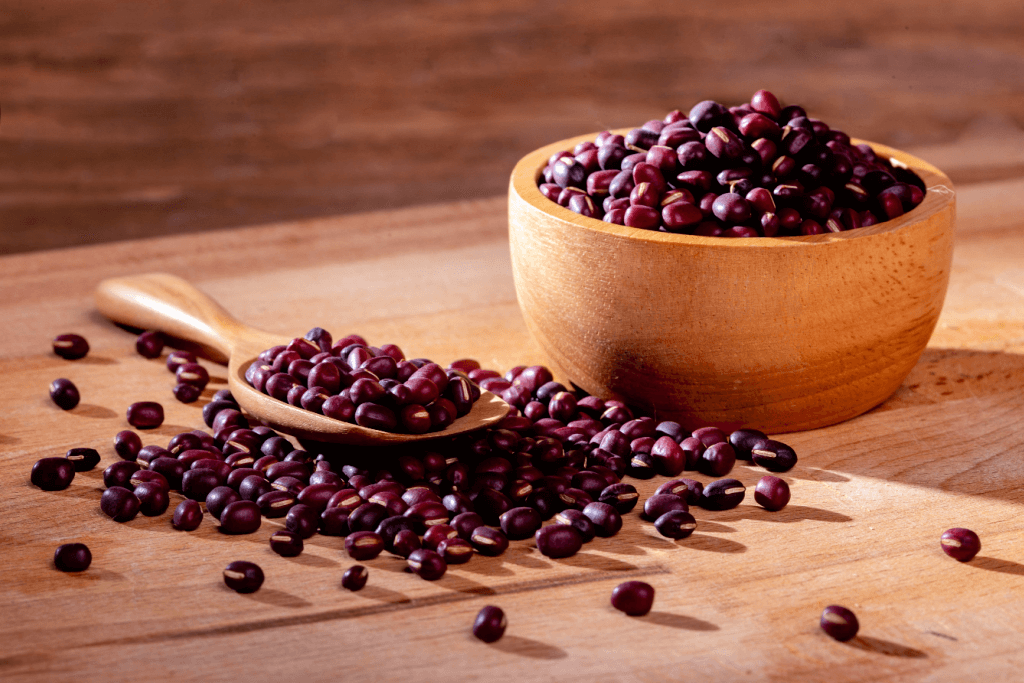
Let’s explore the intriguing world of azuki beans, which have shaped global cuisine and health. They have strong roots in Japanese culinary traditions, playing a versatile role in sweet and savory dishes. Whether you’re a food lover or just curious about different flavors, the azuki bean’s story is captivating and delicious, offering joy and nourishment.
What are azuki beans?
Azuki beans are small, reddish-brown beans that have been important in Asian cooking for a long time. They come from East Asia and are prevalent in places like Japan, China, and Korea. People like azuki beans because they taste sweet and nutty, and you can use them in sweet and savory foods.
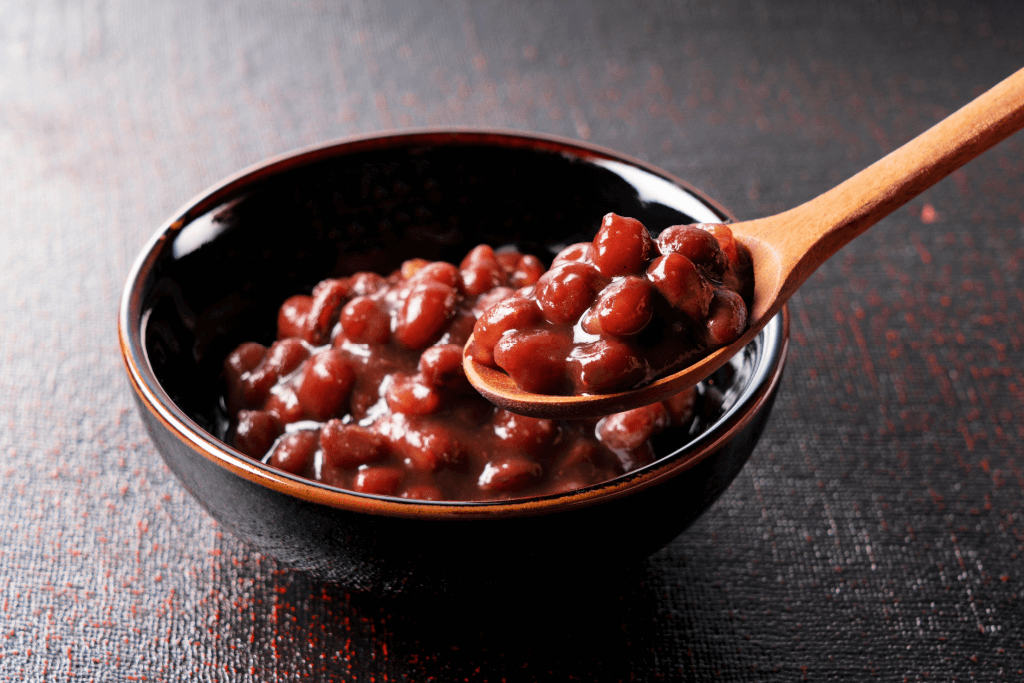
They’re often used in desserts like red bean paste for cakes and soups. Moreover, they can even be made into sweet treats like red bean ice cream and sweet bean porridge. Azuki beans aren’t just tasty; they’re also good for you and pair well with many dishes.
What traditional sweets use azuki beans?
Yokan
Yokan is a classic Japanese dessert that’s popular in Japan. It’s unique because it has a special texture and taste. They make yokan by mixing azuki bean paste with sugar and sometimes agar, a plant-based jelly. Then, they pour this mix into molds, and where it gets firm, it becomes like a dense jelly.
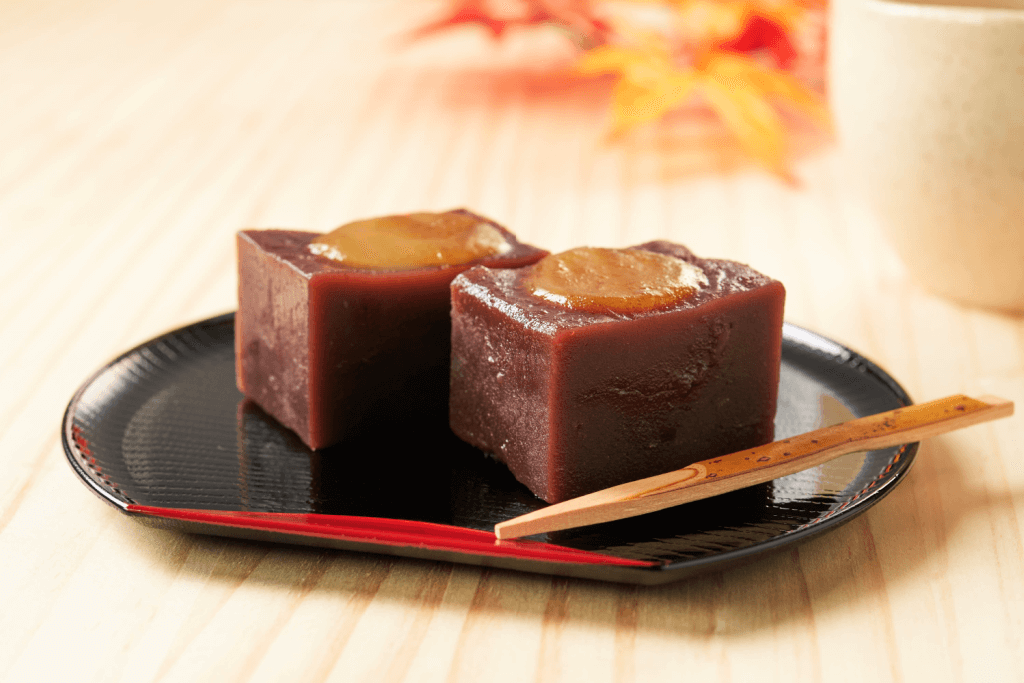
Yokan comes in all sorts of shapes and colors. Sometimes, they even wrap it in an edible wrapper made from leaves or paper. The two most common types are neri yokan, smooth and firm, and mizu yokan, softer and more jelly-like. Yokan’s sweetness can differ depending on the type, so you can find one that’s just right for your taste buds.
Dorayaki
Dorayaki is a Japanese pancake sandwich that’s famous for using azuki beans. This sweet dessert is made of two fluffy, pancake-like cakes with a filling of sweet azuki bean paste in the middle—people in Japan, whether kids or adults, love it.
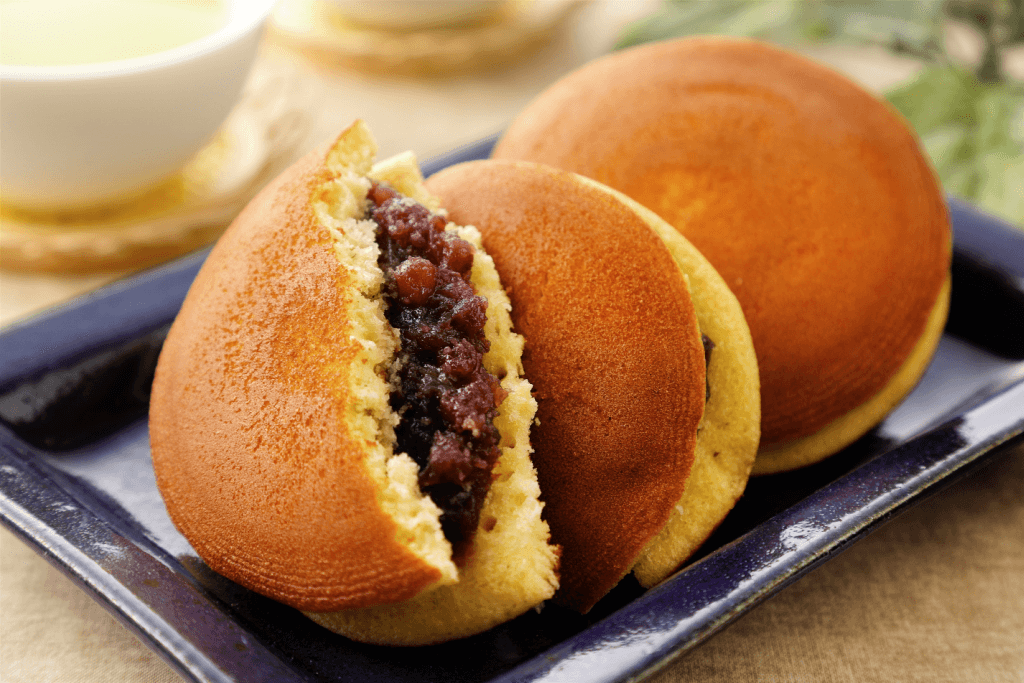
The ingredients include flour, eggs, sugar, and something to make them rise and be fluffy. That gives them a soft and slightly sweet taste. The azuki bean paste, called anko, is made by cooking azuki beans with sugar until it becomes a sweet and smooth filling. When you combine the two pancakes with a nice scoop of anko in the middle, you get a combination of soft and spongy pancakes with the sweet and earthy taste of the azuki bean paste.
Dorayaki is not just delicious but has a unique feeling of nostalgia and comfort. You can find it in many Japanese bakeries and convenience stores. So it’s easy to grab and enjoy whenever you want a sweet treat with a touch of tradition.
Odango
Odango, also called dango, is a popular Japanese treat, much like dorayaki and yokan, and it uses azuki beans as a key ingredient. These small, round dumplings that use sticky rice flour are often served on sticks for easy eating. One of the most loved versions has a yummy sweetened azuki bean paste coating.
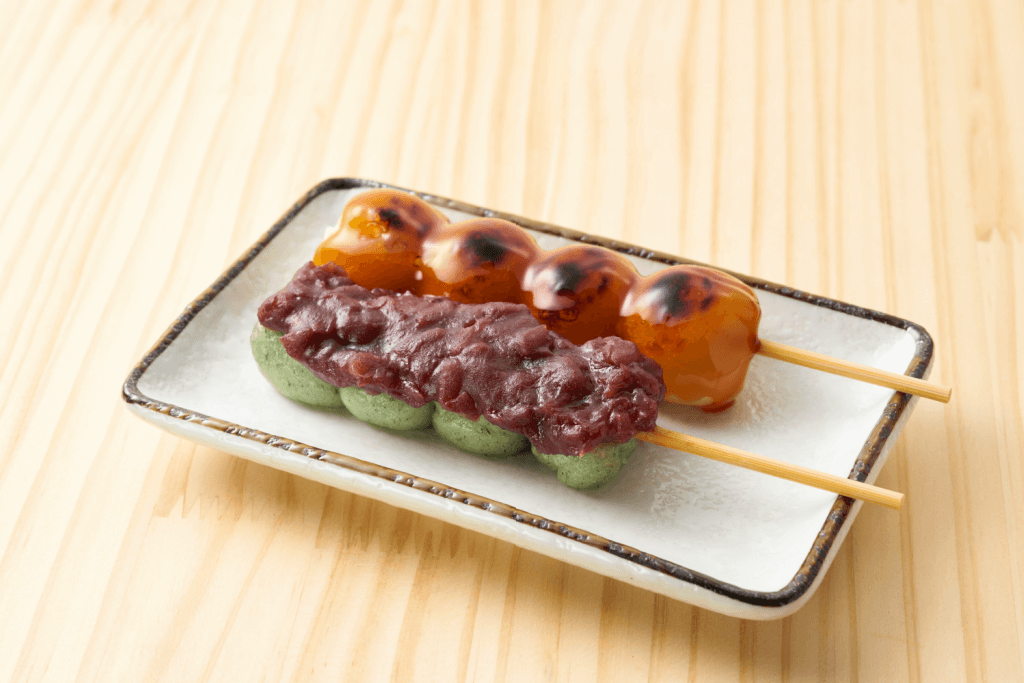
To make odango, they mix sticky rice flour with water to create a dough, which is then shaped into little dumplings. These dumplings are usually boiled or steamed until they turn soft and chewy. After cooking, they get coated with a sweet syrup made from sugar and sometimes a bit of soy sauce, which gives them a sweet and slightly savory taste. Some versions have a smooth and sweet red bean paste coating, adding a rich and earthy flavor to the sweetness.
People enjoy odango all year round in Japan, especially during festivals and celebrations. Its chewy texture and delightful flavors make it a favorite dessert for those who appreciate Japanese cuisine’s exceptional taste of azuki beans.
Taiyaki
Taiyaki’s name comes from “tai,” meaning sea bream, and “yaki,” meaning grilled or baked. While traditional taiyaki can have various fillings, one of the most beloved choices is sweet azuki bean paste. The batter for taiyaki resembles that of pancakes or waffles, creating a crisp yet slightly chewy outer shell shaped like a fish.
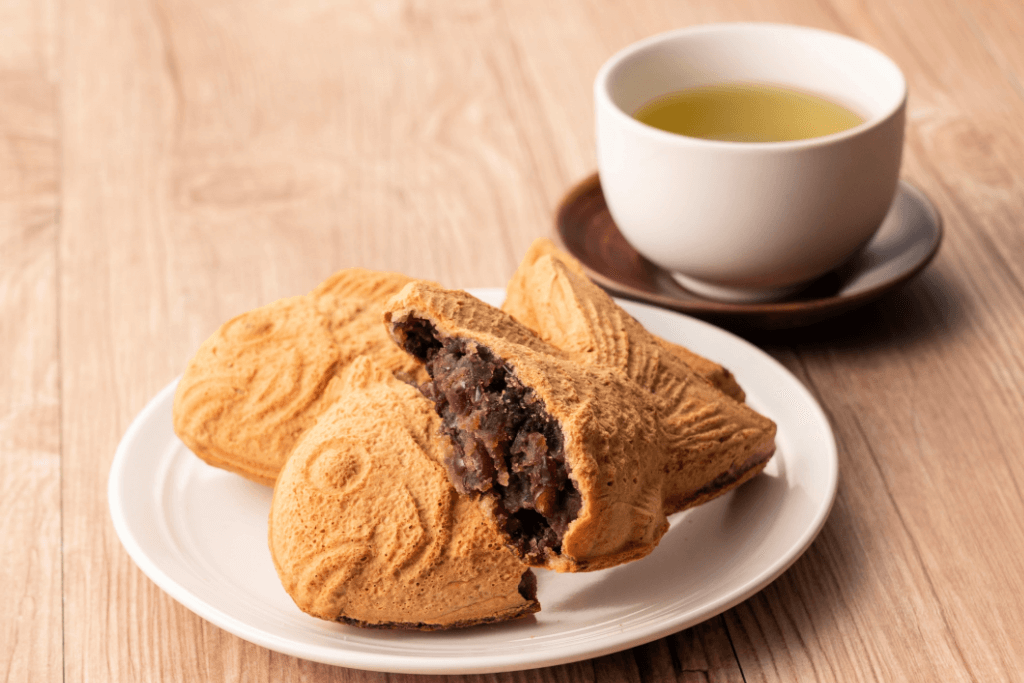
These crispy fish-shaped pastries are typically cooked on a grill. Once they turn a perfect golden brown, they are filled generously with sweet azuki bean paste. The result is a delightful combination of textures – the crispy, warm outer shell and the smooth, sweet interior of the azuki bean paste.
Taiyaki isn’t just delicious; it’s also famous for its fun and eye-catching shape. This makes it a popular street food snack and a favorite at festivals and fairs. Besides the classic azuki bean filling, you can find modern variations with fillings like chocolate, custard, or even cheese, offering a wide range of flavors while respecting its traditional origins.
Daifuku
Daifuku, a cherished Japanese delicacy, delights with its blend of chewy, glutinous rice flour dough and sweet fillings, often featuring the beloved azuki bean paste. These treats come in various shapes and sizes, but one of the most adored versions is the classic round mochi with a flavorful azuki bean filling.
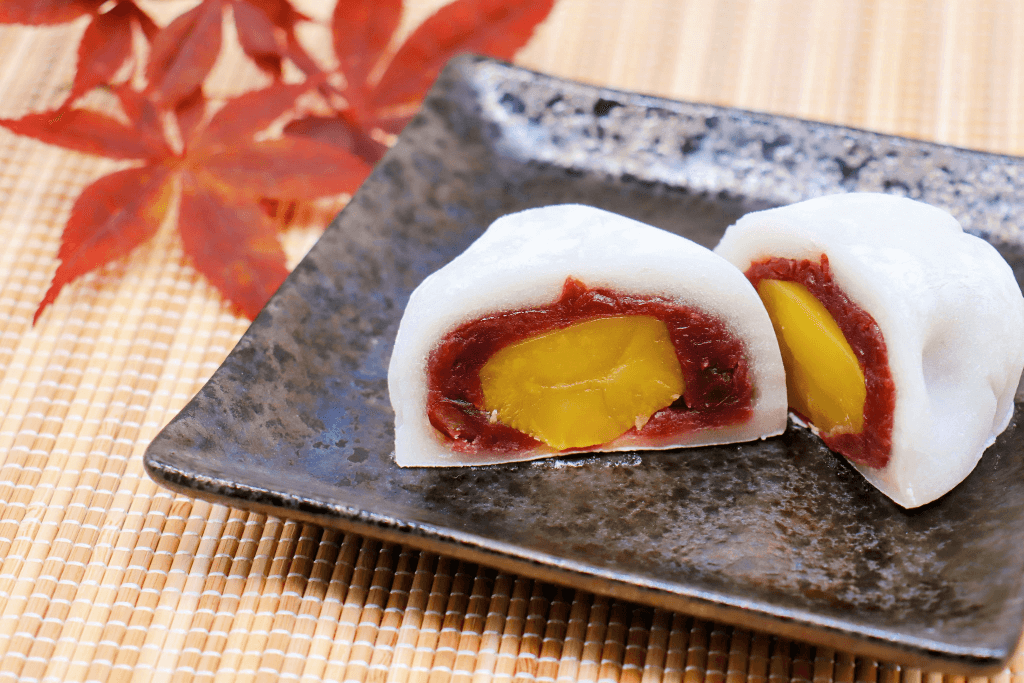
To create daifuku, chefs prepare a soft, elastic dough from glutinous rice flour, sugar, and water. They then roll it out and fill it with sweet, velvety azuki bean paste, creating a delightful contrast between the chewy exterior and the smooth, rich interior. Daifuku has a light cornstarch or potato starch coating to enhance its texture and prevent sticking.
Daifuku offers a range of flavors and fillings, from traditional azuki bean paste to modern variations like matcha (green tea), strawberry, or ice cream. People enjoy these delectable treats year-round in Japan, and have gained worldwide popularity for their unique blend of textures and flavors. They’re a must-try for anyone with a sweet tooth and an appreciation for Japanese cuisine.
Are you looking to enjoy even more treats that use azuki beans? Check out Sakuraco! Sakuraco is a subscription box delivering delicious traditional snacks and teas straight from Japan to your door, every month!
What are the health benefits of azuki?
Azuki beans are a healthy choice for your diet. They provide plant-based protein, which is excellent for your muscles, tissue repair, and growth and essential for vegetarians and vegans. These beans are also high in fiber, which helps with digestion, makes you feel full, and controls blood sugar. The fiber is good for your heart, too, as it lowers cholesterol levels. Azuki beans are full of essential nutrients like folate for cell growth. They also include potassium and magnesium for blood pressure and muscles and iron for carrying oxygen in your blood.
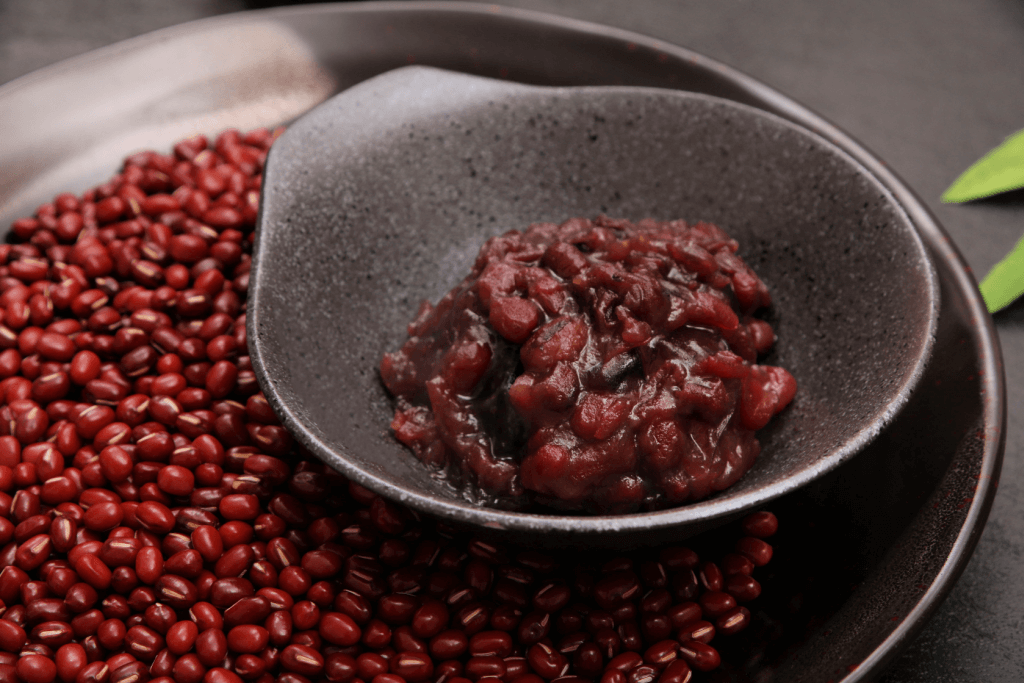
Moreover, azuki beans contain antioxidants like polyphenols and flavonoids, which can reduce cancer risk. Because they’re high in fiber and protein, they can help with weight management by making you feel full, potentially leading to fewer calories.
Azuki beans also have a low glycemic index, making them suitable for managing blood sugar, especially for those with diabetes or looking to maintain steady blood sugar levels. You can enjoy azuki beans in soups, stews, salads, or sweet treats like red bean paste in pastries. Just remember to cook them thoroughly to remove any harmful substances like lectins.
Why should I try azuki beans?
You should try azuki beans because they can enhance the taste of your food. These versatile beans can make sweet and savory dishes more delicious. They’re commonly in pastries, soups, stews, and sweet treats like red bean ice cream.
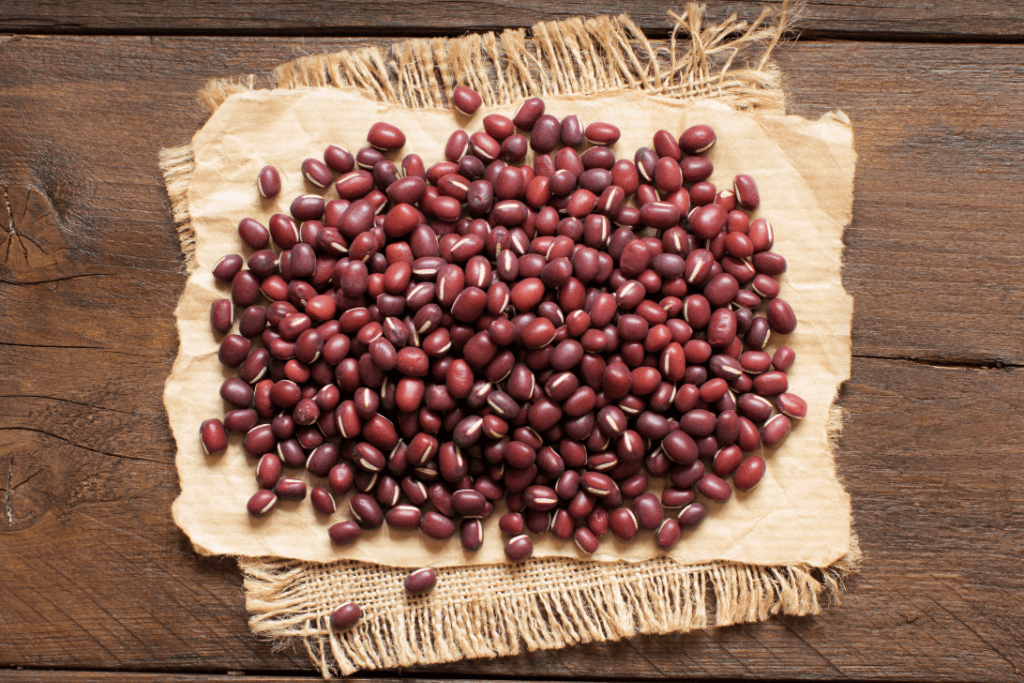
Using azuki beans in your cooking is like embarking on a culinary journey. You get to explore Japanese flavors, cooking techniques, and traditions that have existed for a long time. It’s an opportunity to try new foods and expand your cooking skills. But it’s not just about the taste; azuki beans are also nutritious. They provide your body with essential elements like protein, fiber, folate, potassium, magnesium, and iron, which can contribute to your overall well-being.
Furthermore, you’re in for a delightful experience if you have a sweet tooth. Azuki beans are used in delicious desserts like dorayaki, taiyaki, and daifuku, where the sweet bean paste filling is genuinely delicious. So, trying azuki beans isn’t just about savoring great flavors in your dishes; it’s also an opportunity to discover new tastes, cultures, and the wonderful world of Japanese cuisine. Have you ever tried azuki beans before? Would you be willing to give them a taste? Share your thoughts in the comments below!

Discover authentic flavors with Sakuraco
Get Sakuraco 

Discover authentic flavors with Sakuraco
Get Sakuraco 
Related Articles
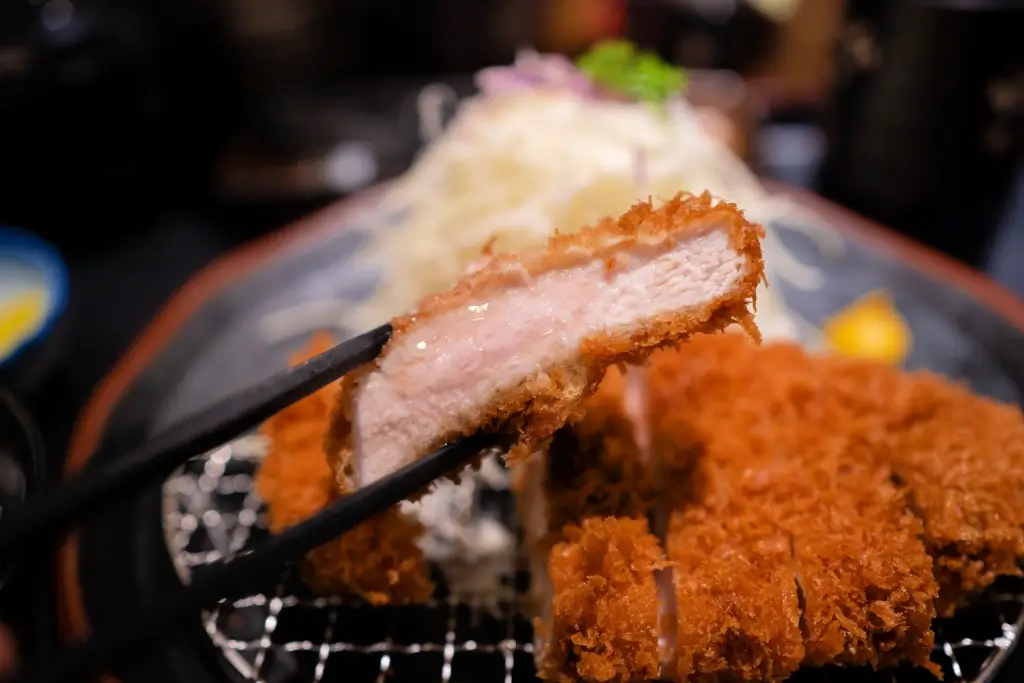
Tonkatsu Luxury Restaurants: Best Ones to Try!
Don’t miss out on tonkatsu if you’re traveling to Japan! Tourists often add the meal to their must-eat list because of its delicious and satisfying nature. Even better, you can elevate the experience by going to luxury restaurants across Japan, where you can experience some of the most celebrated pork cutlets.

Mochi: How is Mochitsuki Made in Japan?
Mochitsuki is the Japanese tradition of pounding steamed rice to make mochi for the New Year. Families and neighbors gather to participate in this lively and meaningful tradition. The teamwork involved helps everyone feel a sense of connection.

Konpeito Candy: What Makes This Starry Treat Shine?
If you are a fan of the famous Demon Slayer series, then you probably know that the favorite treat of the adorable Nezuko Kamado is those tiny, colorful little sweets.

Kinako: The Amazing Roasted Soybean Powder!
Kinako is a very popular ingredient that can easily be found in many traditional Japanese sweets. It has a distinctive flavor, standing alongside other classic tastes such as red bean or sesame. Let’s explore this charming ingredient together, and who knows, you might even be able to make it in your own beloved kitchen!



